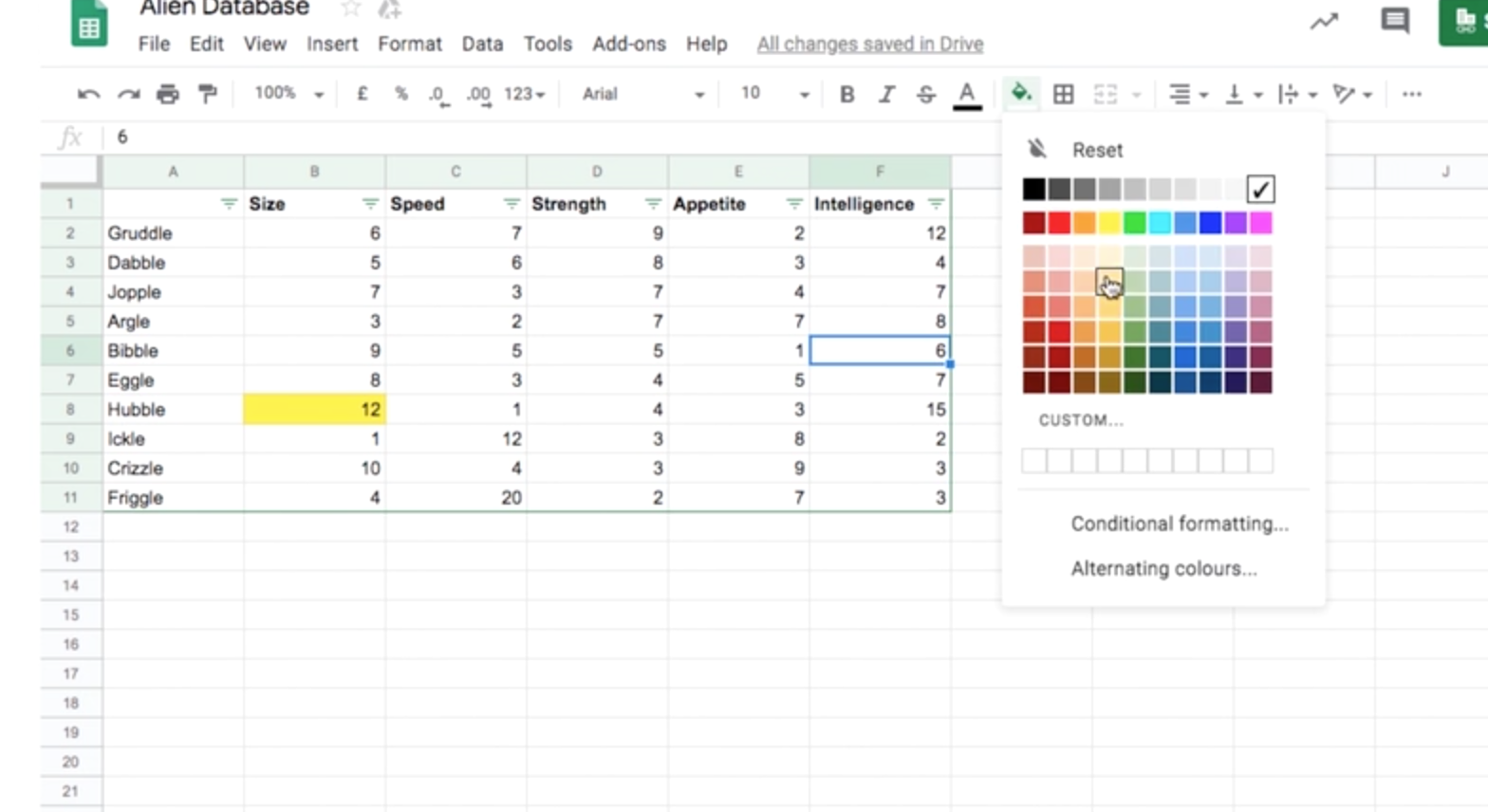Learning objective
- To compare paper and computerised databases.
Success criteria
- I understand what a paper database is and
This content is for subscribers only. Join for access today.
National curriculum
Computing
Pupils should be taught to:
- Understand
This content is for subscribers only. Join for access today.
Cross-curricular links
Mathematics
Number – number
This content is for subscribers only. Join for access today.
Before the lesson
This content is for subscribers only. Join for access today.
Lesson plan
Recap and recall
Display the Quiz: Records, fields and data to recall the database terminology from the previous lesson. Hand out whiteboards and pens and ask the children to write down and hold it up before revealing the correct answer if desired.
This content is for subscribers only. Join for access today.
Extended-mode explainer videos
How to extend your display to view the lesson page and preseantion mode simultaneously. Choose your operating system below to watch the video
If you need further support with extending your display,
please contact [email protected].
Extended-mode explainer video: For Mac
Extended-mode explainer video: For Windows
Adaptive teaching
Pupils needing extra support
Could be given the Activity: Labelled comparison card (support) as a visual recap of key vocabulary.
Pupils working at greater depth
Should be encouraged to identify their own advantages and disadvantages for computerised and paper databases; could create a digital pros and cons list for each type of database, adding relevant images and experimenting with font and layout.
This content is for subscribers only. Join for access today.
Assessing progress and understanding
Pupils with secure understanding indicated by: identifying advantages and disadvantages of paper
This content is for subscribers only. Join for access today.
Vocabulary definitions
-
cons
The downsides of choosing a certain option.
-
data
Information used for a specific purpose or investigation.
This content is for subscribers only. Join for access today.
In this unit
Assessment - Computing Y3: Comparison cards databases
Lesson 1: Records, fields and data
Lesson 2: Race against the computer
Lesson 3: Sorting and filtering - Google
Lesson 3: Sorting and filtering - Microsoft
Lesson 4: Representing data - Google
Lesson 4: Representing data - Microsoft
Lesson 5: Planning a holiday





